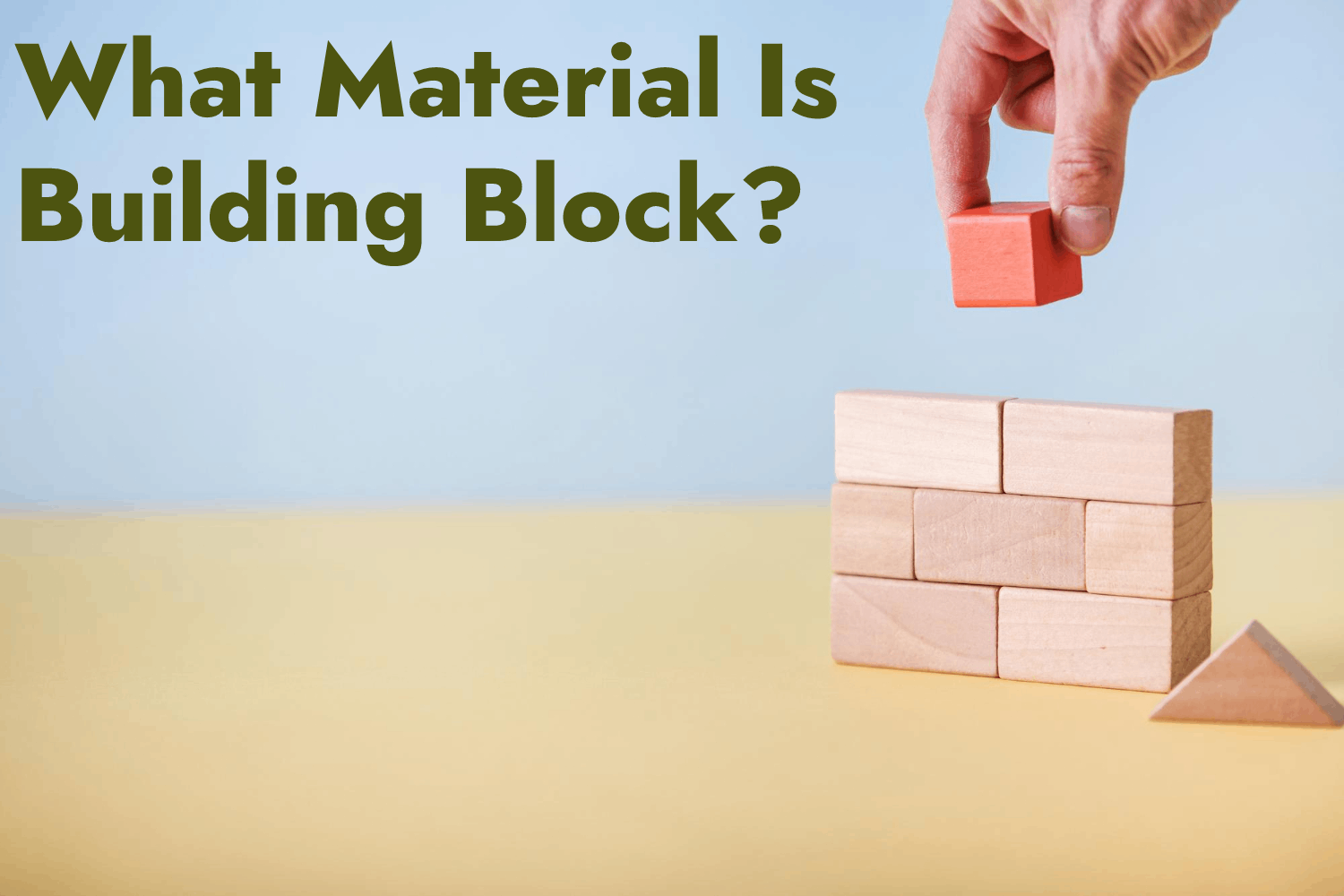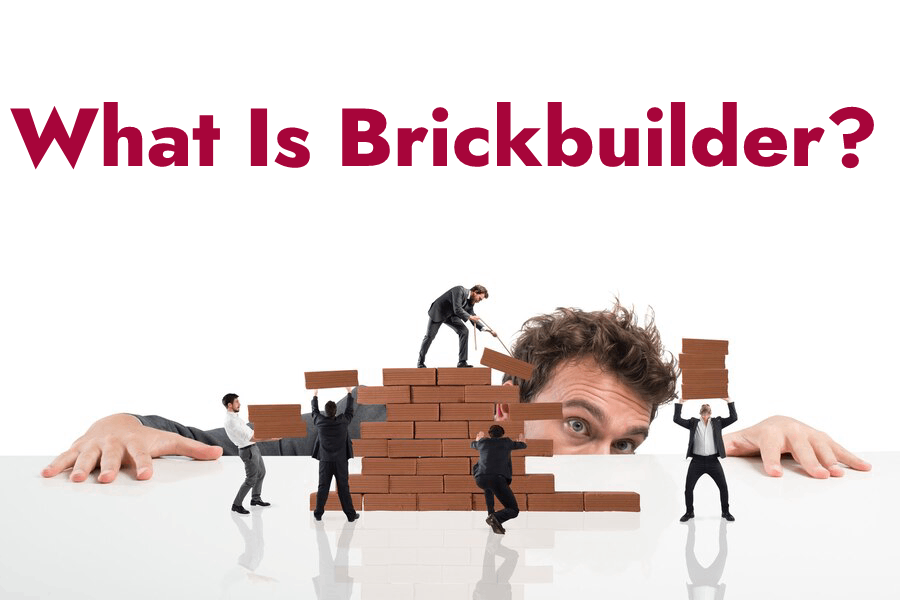Building blocks are an essential component of the construction industry, serving as the fundamental units of most structures. These blocks can be made from a variety of materials, each with its unique properties and benefits. In this article, we’ll explore the different types of building blocks and the materials they’re made of.
One of the most common building block materials is concrete. Concrete blocks are made by mixing cement, water, sand, and gravel, which are then molded into specific shapes and sizes. Concrete blocks are highly durable and can withstand significant pressure and weight, making them ideal for constructing walls and foundations. Additionally, concrete blocks are resistant to fire, pests, and rot, making them ideal for use in harsh climates.
Another popular building block material is clay. Clay blocks are made by shaping natural clay and firing it at high temperatures. Clay blocks are highly durable and can withstand extreme temperatures and weather conditions, making them ideal for use in areas prone to earthquakes, hurricanes, and other natural disasters. Additionally, clay blocks have excellent thermal insulation properties, making them ideal for energy-efficient buildings.
Stone blocks are another popular building material. Stone blocks are typically made from natural stone, such as granite, marble, or limestone, and can be cut into various shapes and sizes. Stone blocks are highly durable and can withstand harsh weather conditions and natural disasters. Additionally, stone blocks offer excellent thermal insulation properties and can add an attractive, natural look to buildings.
In addition to these materials, building blocks can also be made from other materials such as glass, plastic, and even compressed earth. Glass blocks are highly translucent and can be used to create unique architectural features, while plastic blocks are lightweight and easy to install. Compressed earth blocks, on the other hand, are made by compressing soil, sand, and other natural materials, creating a highly sustainable and eco-friendly building material.
When choosing a building block material, several factors should be considered, including durability, cost, and environmental impact. Concrete and clay blocks are the most widely used materials due to their durability and cost-effectiveness. Stone blocks are also popular, but their high cost and weight can make them impractical for some projects. Glass and plastic blocks are less common but offer unique design possibilities.
In conclusion, building blocks are a fundamental component of the construction industry and can be made from a variety of materials. Concrete and clay blocks are the most widely used materials due to their durability and cost-effectiveness, while stone blocks offer a natural, attractive look. Glass and plastic blocks offer unique design possibilities, and compressed earth blocks provide a sustainable, eco-friendly option. Ultimately, the choice of building block material will depend on the specific needs of each project.

Mary Burns is a dedicated writer focusing on health and fitness topics. With a passion for promoting wellness and vitality, Mary shares her knowledge and expertise through engaging and informative blog posts.




